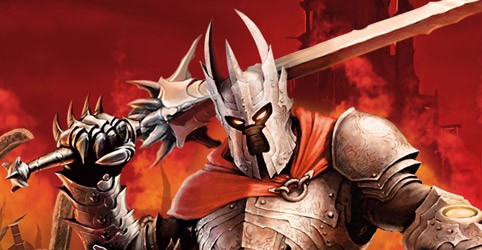

He becomes the Dungeon Keeper, and the Dungeon Heart is what the Overlord magically-evolved into. Unable to return to the Real World in any practical matter, the Overlord settles for an intermediary: the underground dungeons of Dungeon Keeper.

Over time, he becomes less of a Guy In Armored Suit (which isn't practical for The Abyss) and more of an Eldritch Abomination, a form that simply works better. Overlord is a prequel to the Dungeon Keeper seriesIn Overlord: Raising Hell, the Overlord is trapped in the Abyss. Presumably he was only able to survive to possess the Wizard thanks to the tower heart remaining intact, albeit removed from its socket. In fact, given the nature of the Keeper as established in DK, I suppose the ruination of the tower would have been the thing that shattered his power. Or perhaps having a physical form was necessary in his escape from the underworld.
#Overlord raising hell point of no return Pc
Rhianna Pratchett who is responsible for it's story was a writer for the gaming magazine PC Zone UK for a fairly long period of time so it's pretty much a dead cert' that there's at least a small amount of creative inspiration from Dungeon Keeper.Heck, your first quest is to find the Tower Heart. At the very least, I'd be surprised if none of the development team had ever played DK. Such a pity he would be destroyed by those ever-invading heroes, but hey, it gave Overlord a functional Back Story. Apparently the Keeper succeeded, becoming an Overlord into the bargain, with a tower instead of a dungeon for a home. Conveniently, the long-since-vanished Dungeon Keeper III was set to see the eponymous Keeper emerge into the overworld. Obviously, then, it makes sense to connect the stories.

The games have very similar themes (albeit different genres) and even many of the surface elements are similar, such as the tower heart and the visuals of the health meters. Overlord is a sequel to the Dungeon Keeper seriesSomething the creators probably couldn't have driven home harder if they'd tried.


 0 kommentar(er)
0 kommentar(er)
